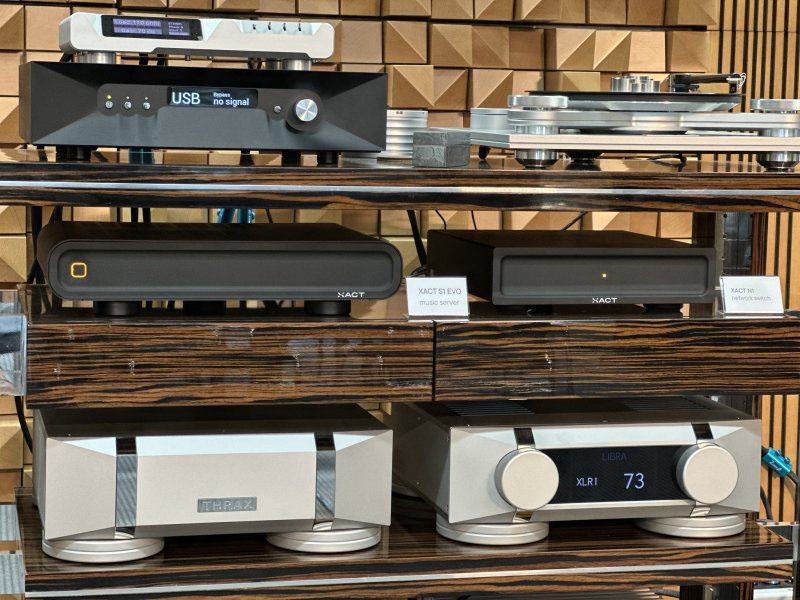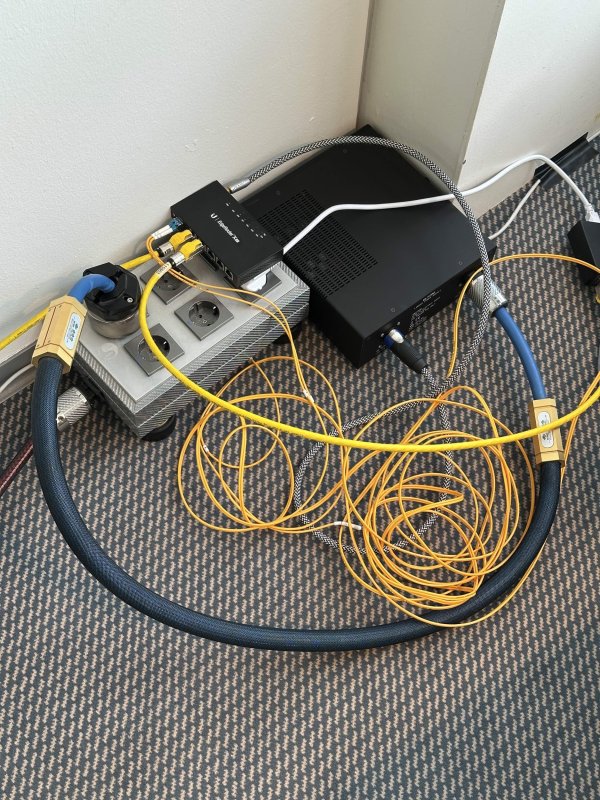What stood out to me especially was your point that even without the N1 switch, some listeners like Christiaan, already prefer streaming via the XACT S1 (or S1 EVO) over local playback. That really hit home for me — it’s actually the kind of confirmation I was hoping to hear ;-). It shows that with the right hardware and setup, streaming isn't necessarily a compromise anymore.Interestingly, some listeners already prefer streaming via the XACT S1 or S1 EVO over local playback — and that's without yet hearing what the N1 switch can add. For example, in his review of the S1, Christiaan Punter noted that some albums actually sounded better when streamed than from local files. So yes, it really depends.
As I mentioned earlier, it also comes down to the specific version of the album you have ripped, and how it was ripped. There are many variables at play, and I don’t want to oversimplify the topic — though I get the sense you're looking for a clear-cut answer, I’m afraid there isn’t one.
What I can say with confidence is that the N1 brings sonic improvements regardless of whether you're streaming or playing local files. Its effect is system-wide and not tied to one specific playback source.
Best regards,
Marcin
You also made a great point about how many variables influence local playback. Even a disc you rip yourself can vary depending on the drive, the ripping software, the ripping mode, and whether it was accurately ripped. So it’s clear that local playback isn’t automatically a gold standard either — it depends on how it's done.
What I really take from your comments is that the question isn’t just "local vs. streaming" — it's about the entire system and the chain that influences what we actually hear. And beyond just technical quality, there’s the emotional aspect too. When you have control over the ripping process and know exactly what you’re hearing, that sense of certainty and ownership is hard to replicate with streaming, no matter how good the sound quality is.
Thanks again!
Last edited:
















